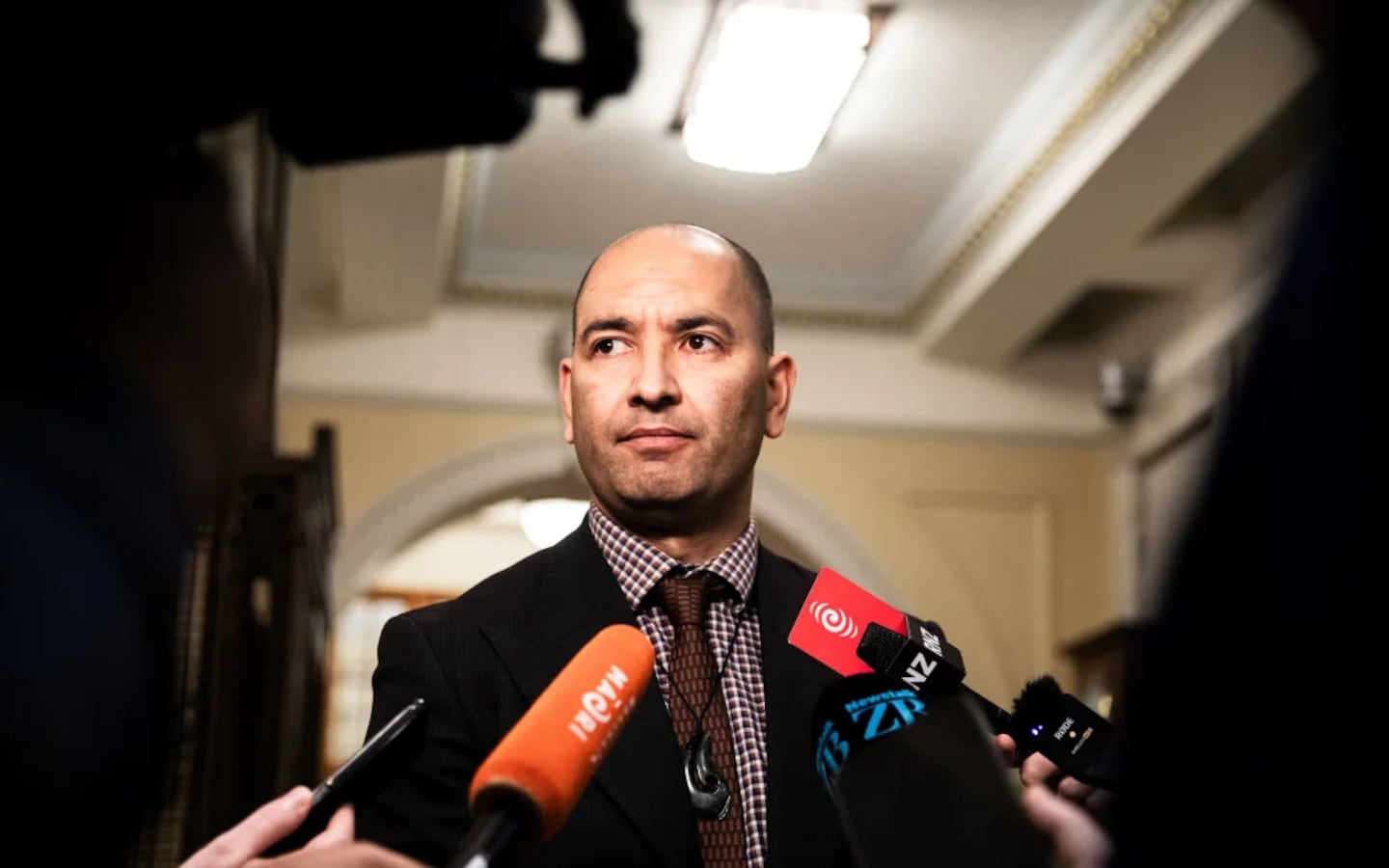This article was first published by Stuff.
Social Housing Minister Tama Potaka last Sunday celebrated that more than 1000 children were “no longer growing up in motels” as part of the National-led government’s drive to reduce the number of people in emergency accommodation.
But neither his office nor the Ministry of Social Development could readily explain where those children are living now - whether their families had been moved into social housing or had found a private rental - or if they had no housing options at all.
The government is not tracking where those children are now living despite its policy goal being to prioritise moving families with children out of emergency housing and into social housing.
Emergency motels were set up in an attempt to stop children and families living in cars and on the street.
By the numbers
Overall, the number of households in temporary accommodation - housing for people who are homeless - had dropped by 32 percent, from 3141 to 2133, from December to June.
Of those 1008 households who had moved out of temporary accommodation, the majority - 50 percent - had moved into social housing. Thirty percent were likely to have moved into private rentals, because they were getting an accommodation supplement from work and income.
But the ministry did not know where the remaining 20 percent of those households - about 200 families - were living now.
As well as this, neither Potaka’s office nor the ministry could readily explain where the 1000 children who had left temporary accommodation with their families fit in this picture.
Why it matters
The government in March set out its plans to “end” the use of emergency housing, which is another term for temporary accommodation.
One of its measures was a new “priority one” category for families with children who have been in emergency housing for twelve weeks or more.
The new category, which came into effect from April, prioritised eligible families for social housing.
“We know that children in emergency housing for an extended period are most at risk of poor health and education outcomes,” Housing Minister Chris Bishop said at the time.
He also described the social cost of life in motels as an “absolute tragedy”.
Ongoing support can’t be given to children who leave emergency accommodation, and their families, if the government is not actively tracking where they are.
Haehaetu Barrett, the chief executive of Lifewise, an Auckland-based social development organisation, said families and young people often experienced trauma while they were in emergency housing.
“A lot of stuff happens, and has happened, in those environments,” she explained.
Those staying in emergency accommodation have described seeing faeces and blood on the walls there, while others have spoken about crime and intimidation.
Supporting these families properly once they left accommodation was vital, she said, or would lead to more social ills.
“If we do not place people into permanent housing,that is when the transience just continues, because they can’t community connect.”
The lack of permanence also impacted their education, she added, as well as their development of social skills.
“It’s not just housing. I’ve been piping up about that for years. This is an intersectional one [issue].”
A Ministry of Social Development spokesperson said the agency did not track where children go once they leave emergency accommodation, but would be able to provide the data under the Official Information Act in 20 working days.
A spokesperson for Potaka said he was not able to provide further information.
- Stuff

